The spectacular Romanesque church of Pineda de la Sierra
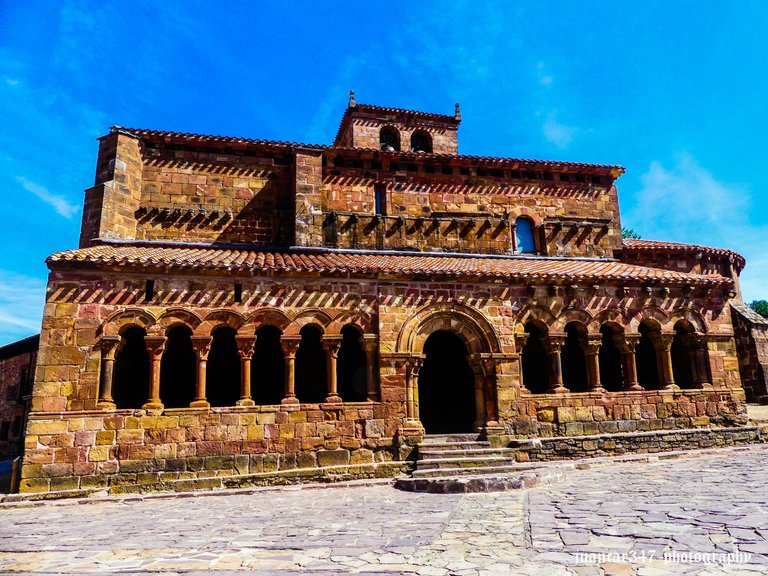
Within the multiple variety of regions and municipalities that make up that metaphorical and plateau heart of Spain, which is Old Castile, there are areas that, due to their peculiar characteristics, have become, with the passage of time, places where legend and tradition tradition have taken root with special charisma.
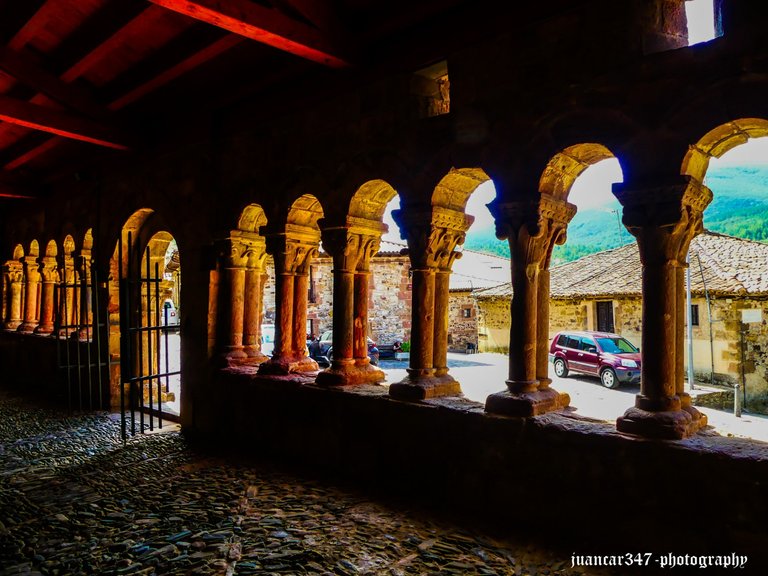
One of such places, located approximately fifty kilometers from Burgos capital, is, without a doubt, this small mountain town of Pineda de la Sierra, whose enclave rises near the Arlanzon reservoir and also, in the heart of the heart of one of the most mysterious geographical areas of Spain: the Sierra de la Demanda.
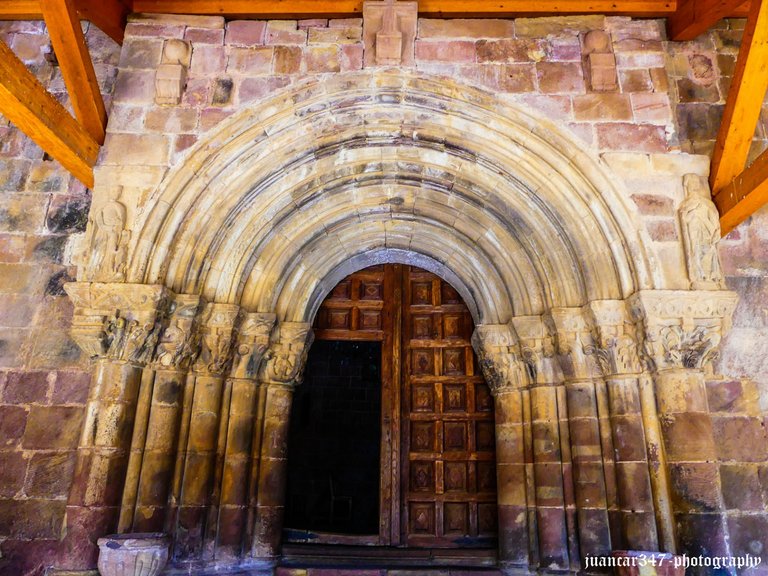
There are those who, based on this nomenclature, 'de la Demanda', see, in their origin, ancient noble disputes that date back, at least, to those dark medieval periods, immersed in a Reconquest, in which, on occasions, the enemy to be defeated was not the powerful Muslim army led with an iron hand from the Caliphate of Córdoba, but also the insatiable ambition of kings and nobles, which, on many occasions, made this imperious desire for unification and recovery of the former territory snatched , will slow down, being postponed for several centuries in time.
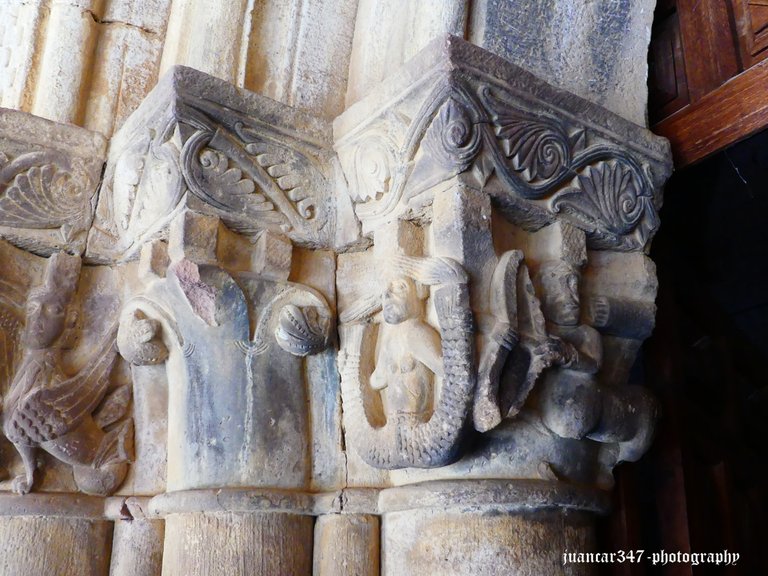
Others, on the contrary, see in this a sign of an eminently esoteric nature, derived, above all, from the introduction into the Peninsula, mainly by Cistercians and Templars, of the sagas relating to the search -'quest' or 'demand' - for one of the most mysterious and fascinating sacred objects, which, starting in the 12th century, spread, like wildfire, throughout the Western troubadour Courts: the Holy Grail.
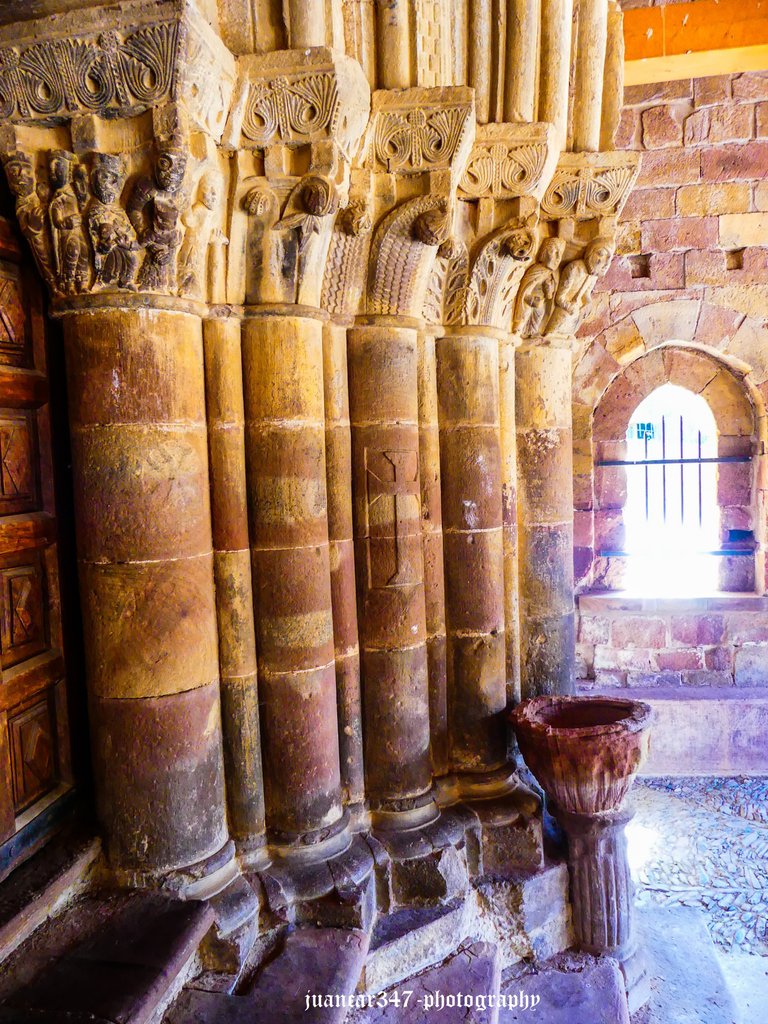
Precisely, from this genuine century, the 12th, is the phenomenal Romanesque church of Pineda de la Sierra, dedicated to a no less peculiar figure, such as that mysterious saint, Esteban Protomártir, who is considered the first of the martyrs Christians and who was stoned to death, according to his executors, for blasphemies against the law of Moses and against God, when preaching part of the first attempts of a doctrine, which, over time, would become one of the most powerful religions in the world: the Christianity.
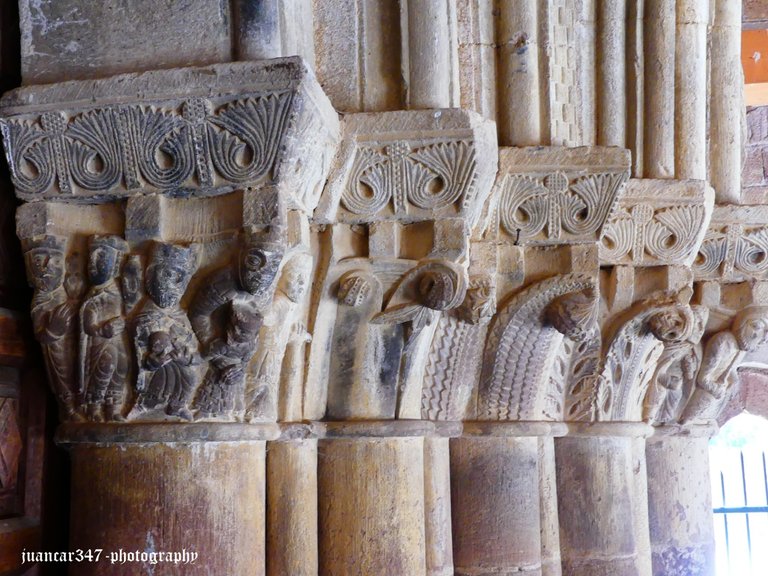
Although there does not seem to be a clear reference to this figure - which we can find, with all the emotional and dramatic force that it entails, in other similar temples, such as the one that also bears his name, in the small town of Corullon, located in the Bierzo from León, a short distance from an apparently Templar church, such as that of Saint Michael - we can observe, in its sculpture of the capitals that support the archivolts of the entrance portico, a curious reference to the figure of the Savior, whose preaching cost young Esteban his life: an Epiphany.
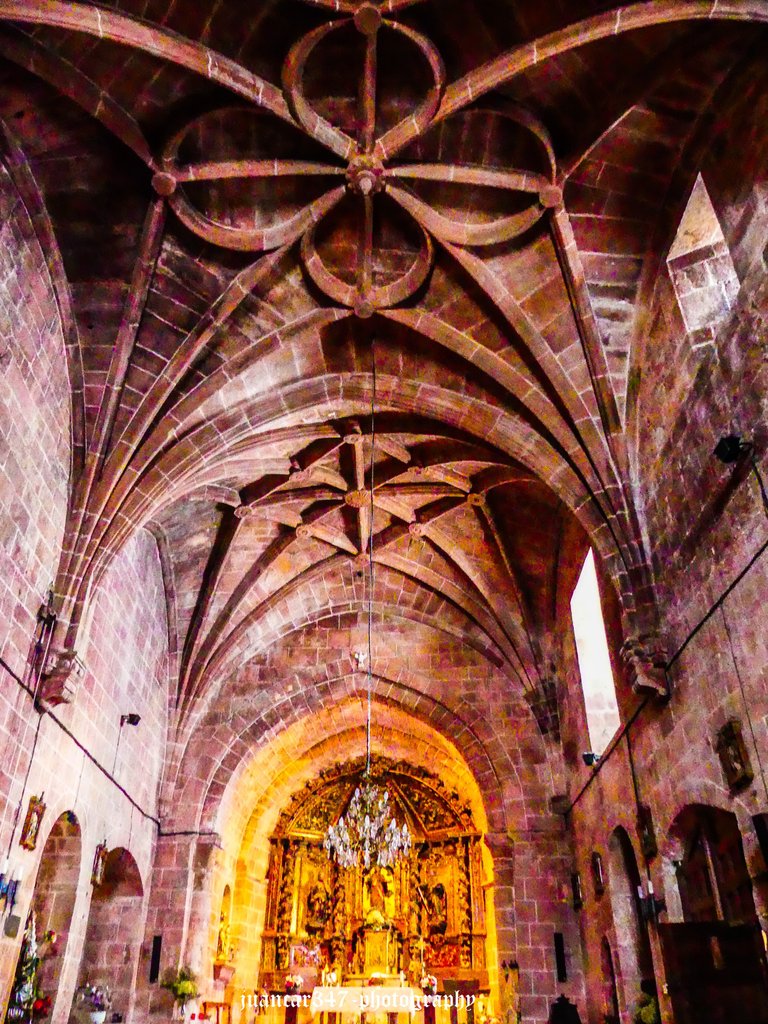
This is complemented, in the capitals on the opposite side, with the current references to sin and other previous cults, represented by the traditional figures of mythological beings, among which it is worth highlighting harpies, griffins and a centaur-sagittarius shooting a mermaid.
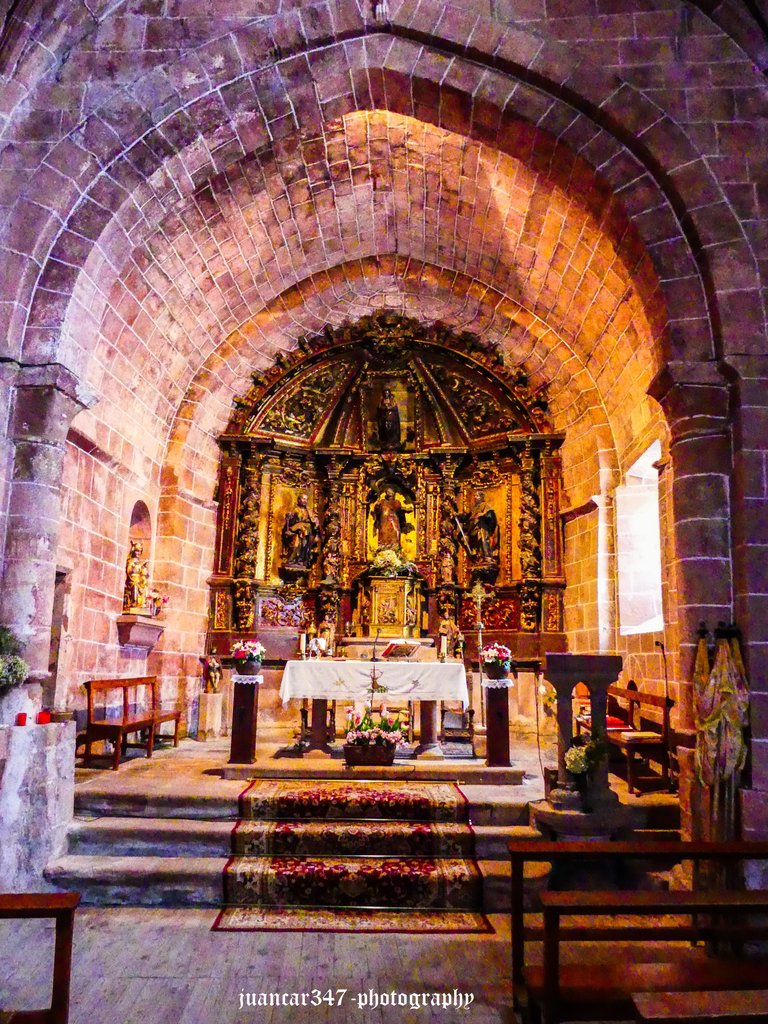
But, possibly, what draws the most attention, as a whole, is the feeling of elegance and harmonious balance provided by its elegant porticoed gallery, an element that, in addition to protecting the faithful from inclement weather - in this case justified, because due to its altitude and location, there are notable rains and snowfalls - it also used to have a symbolic function, representing the gates of the Holy City par excellence: Jerusalem.
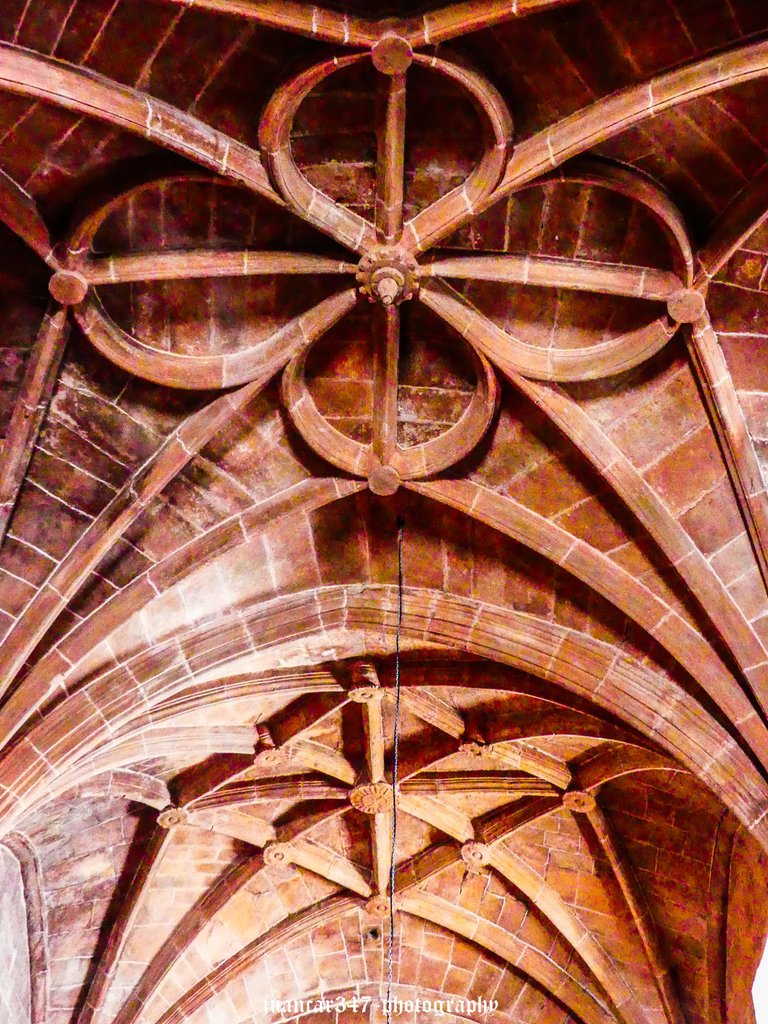
Its interior is also remarkably surprising, as it makes us see, in its transition from Romanesque to Gothic, those magnificent ribs, in the form of delicate ties, which surprise us with their mastery and delicacy, above all, taking into account the techniques and tools of a time, supposedly archaic, that, however, always bordered on perfection.
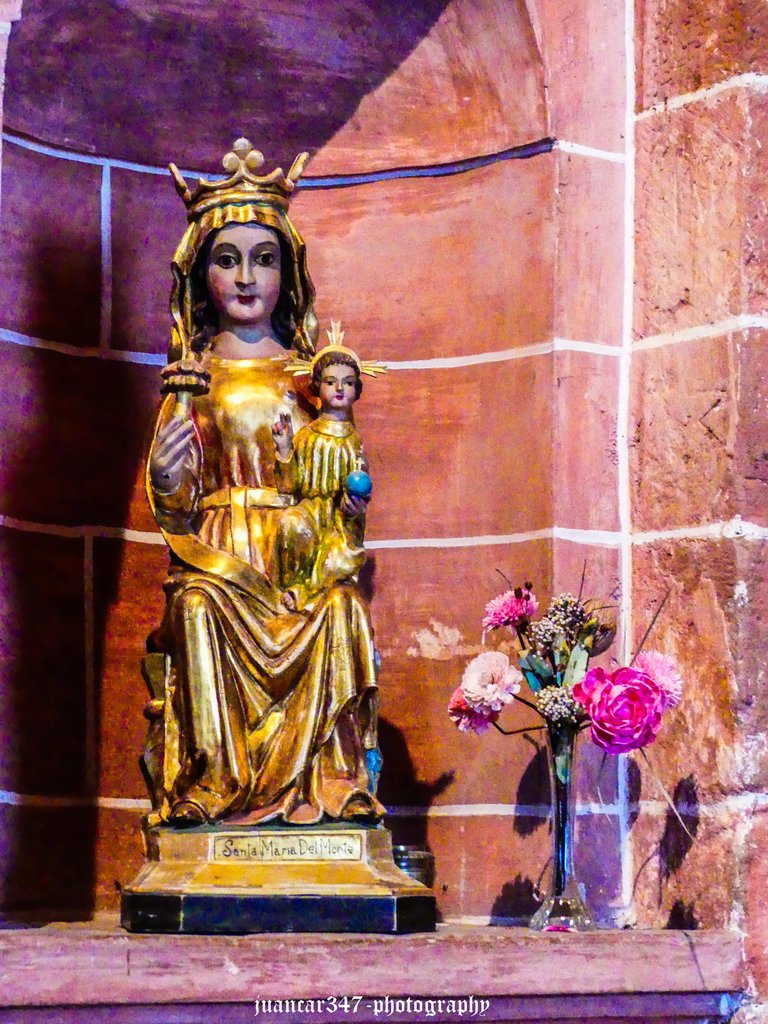
Also worth mentioning is the figure, also Romanesque-Gothic, of the so-called Virgin of the Mount, also from the 12th century, made of wood and with a beautiful chrome cloak and headdress in gold tones, which represents the typical Virgin Theotokos or Throne of God.
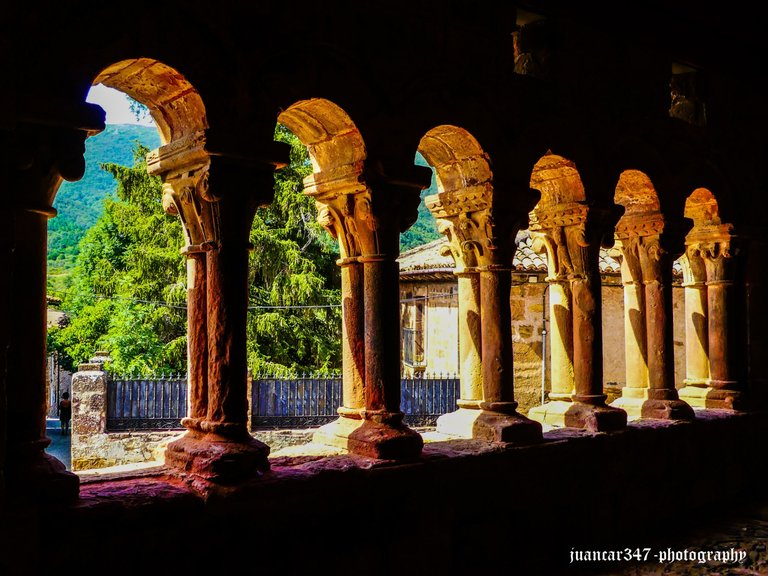
In short: apart from the environment, spectacular and special for adventure, hiking and some water sports allowed in the nearby Arlanzon reservoir, we have, in Pineda de la Sierra, not only a charming traditional village, but also the custodian of one of the most fascinating temples of the immeasurable historical, artistic and cultural heritage of Burgos.
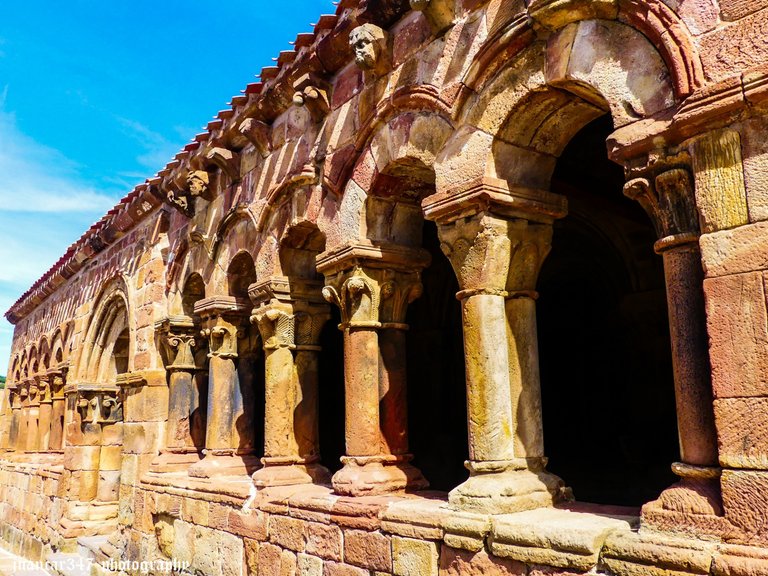
RELATED MOVIE:
NOTICE: Both the text, the accompanying photographs, as well as the video that illustrates it, are my exclusive intellectual property and are therefore subject to my Copyright.
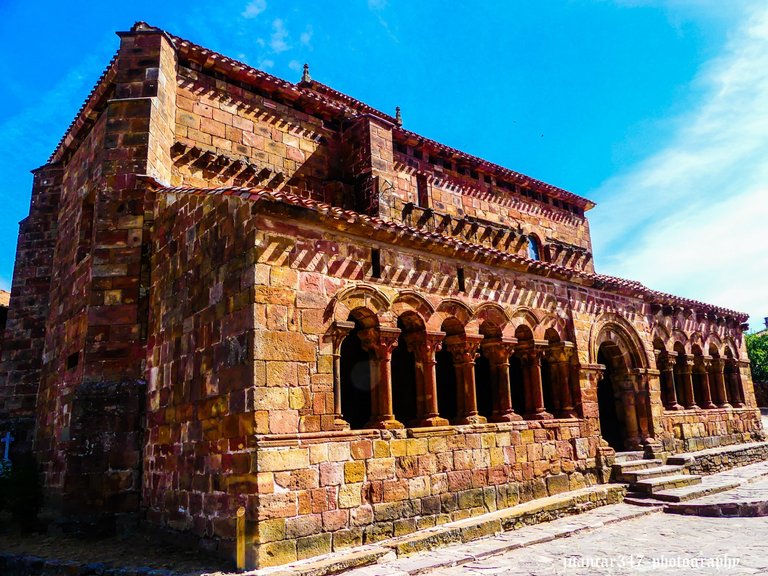
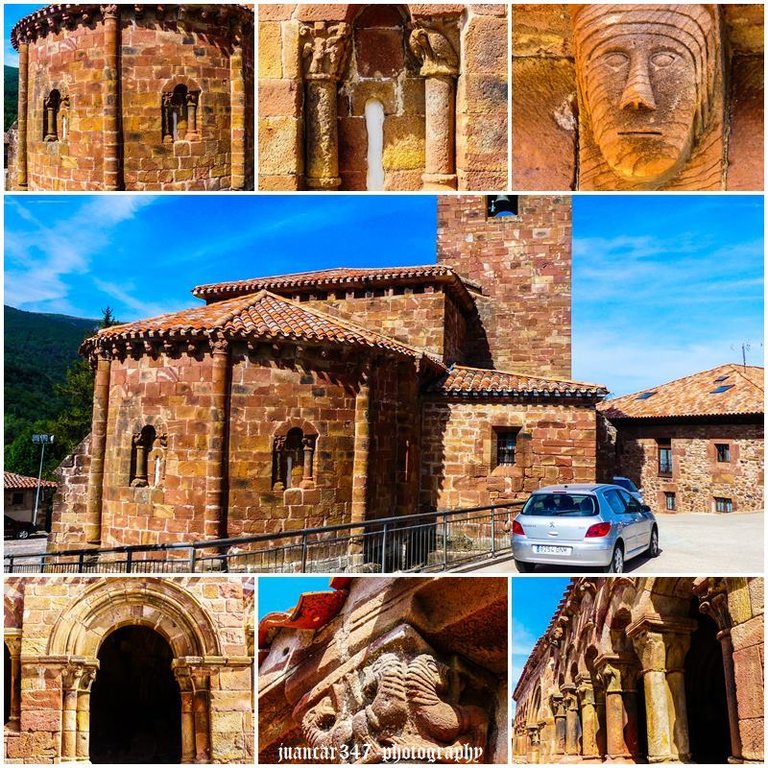
Congratulations, your post has been added to Pinmapple! 🎉🥳🍍
Did you know you have your own profile map?
And every post has their own map too!
Want to have your post on the map too?
I have never been to Spain but I heard that they have a lot of historical buildings juat like this
Thank you so much for sharing with us
It is true: we have an impressive historical, artistic and cultural heritage of which I am very proud. Thank you for appreciating it and best regards.
!PIZZA
Muchas gracias
$PIZZA slices delivered:
@sacra97(9/15) tipped @juancar347
Thanks
Congratulations @juancar347! You received the biggest smile and some love from TravelFeed! Keep up the amazing blog. 😍 Your post was also chosen as top pick of the day and is now featured on the TravelFeed.io front page.
Thanks for using TravelFeed!
@for91days (TravelFeed team)
PS: You can now search for your travels on-the-go with our Android App. Download it on Google Play
Thank-you very much